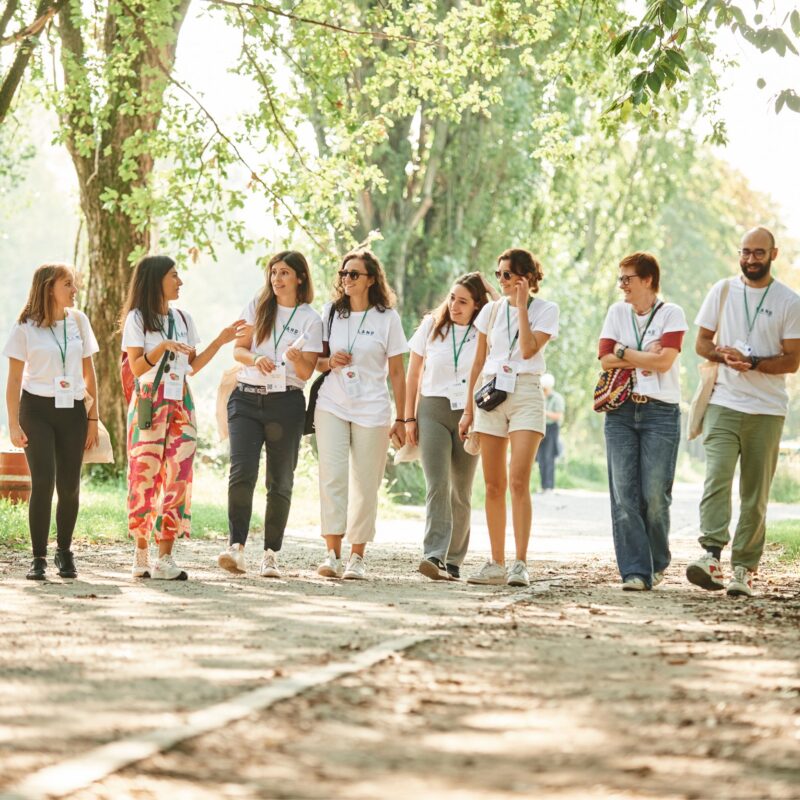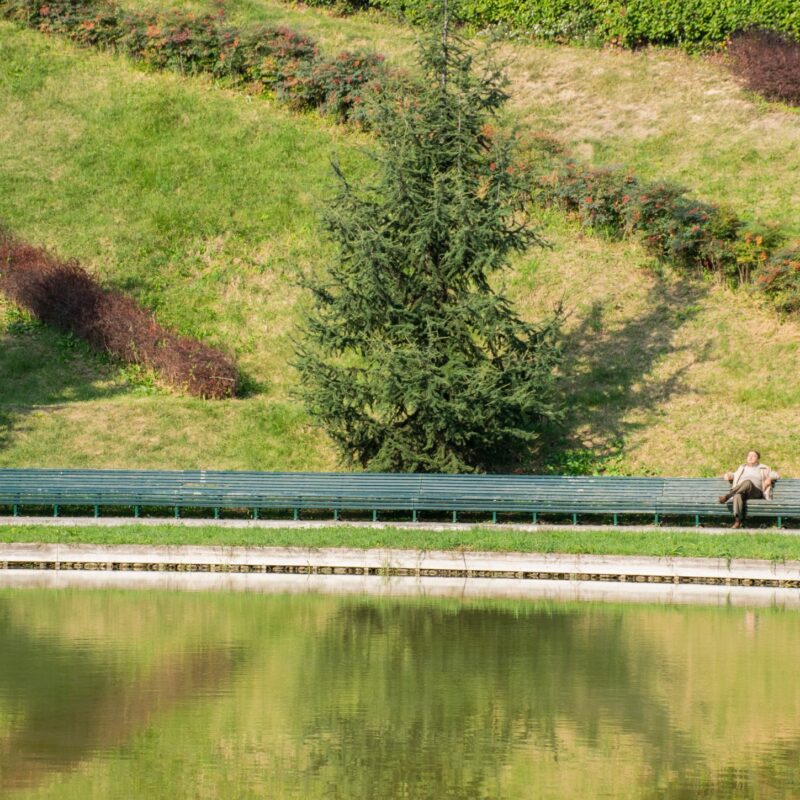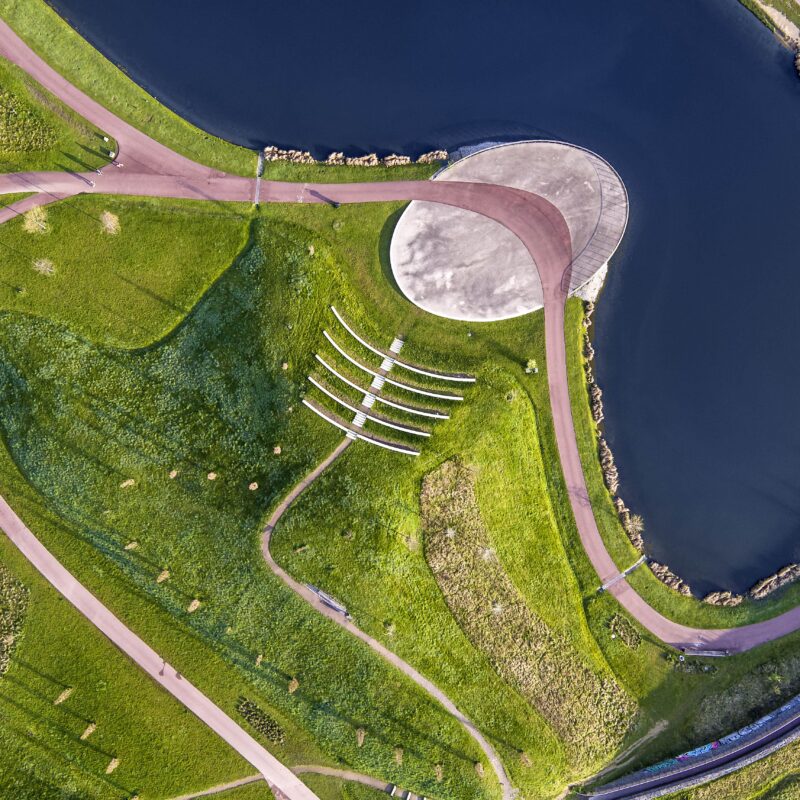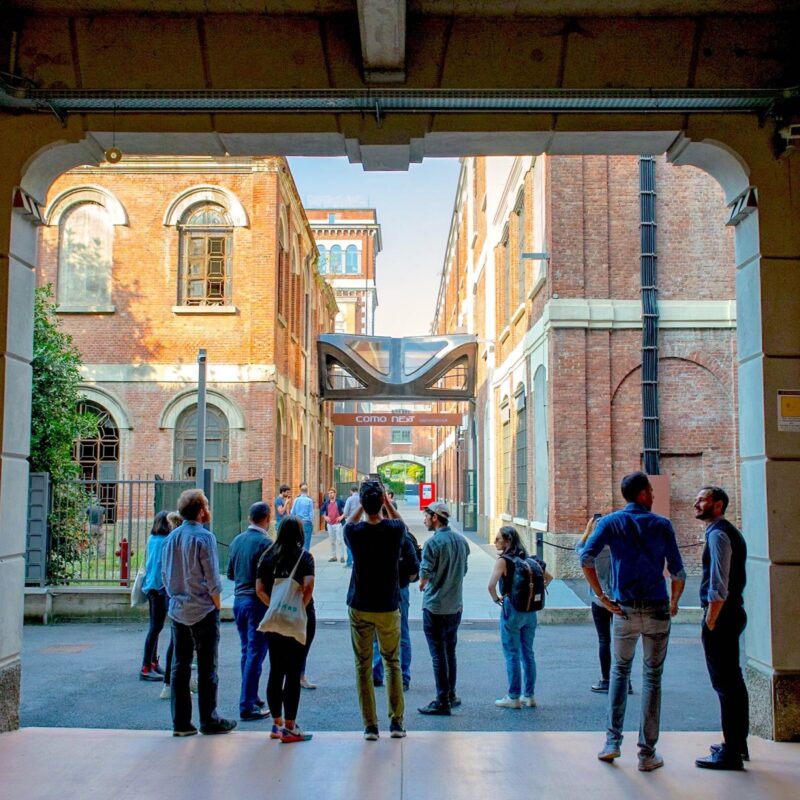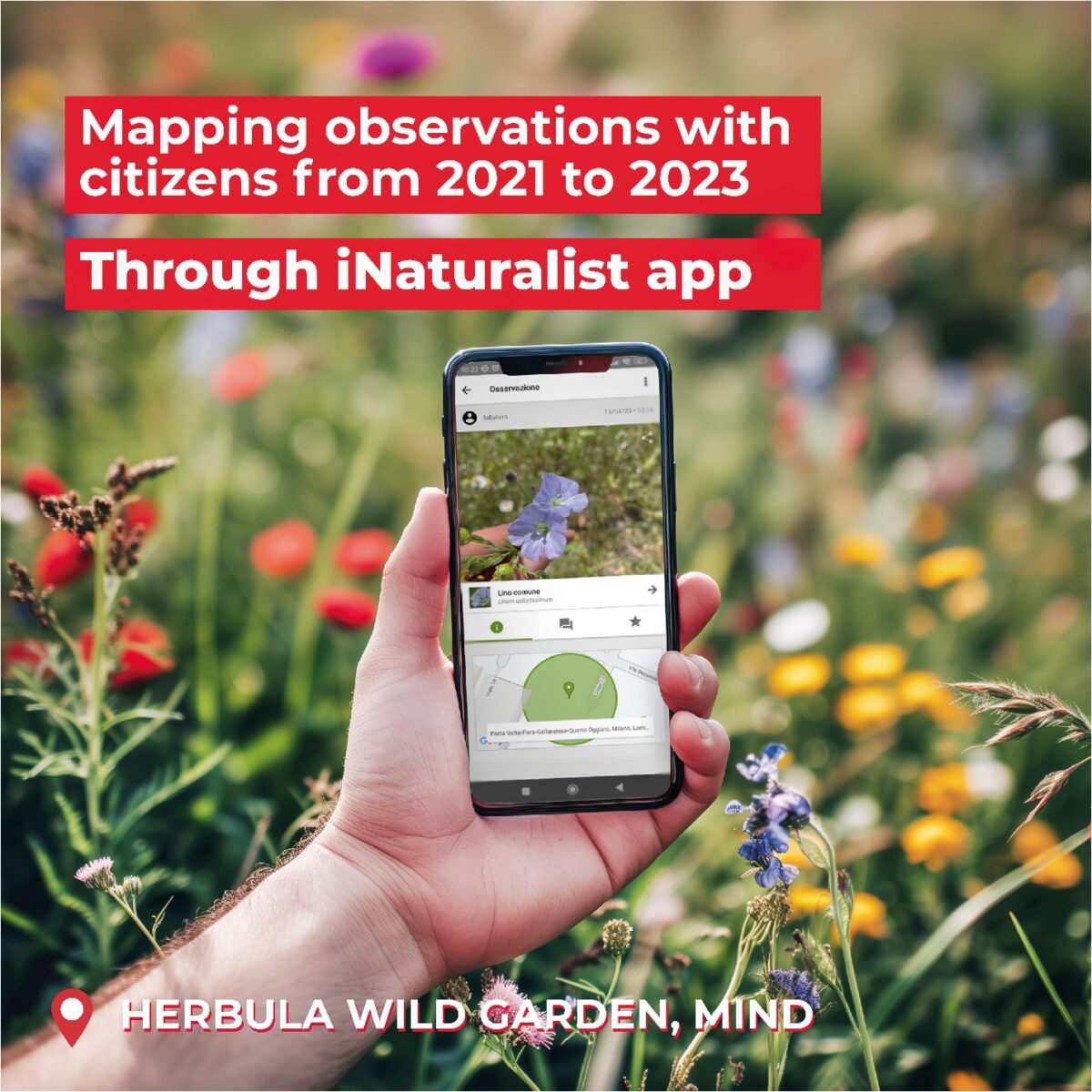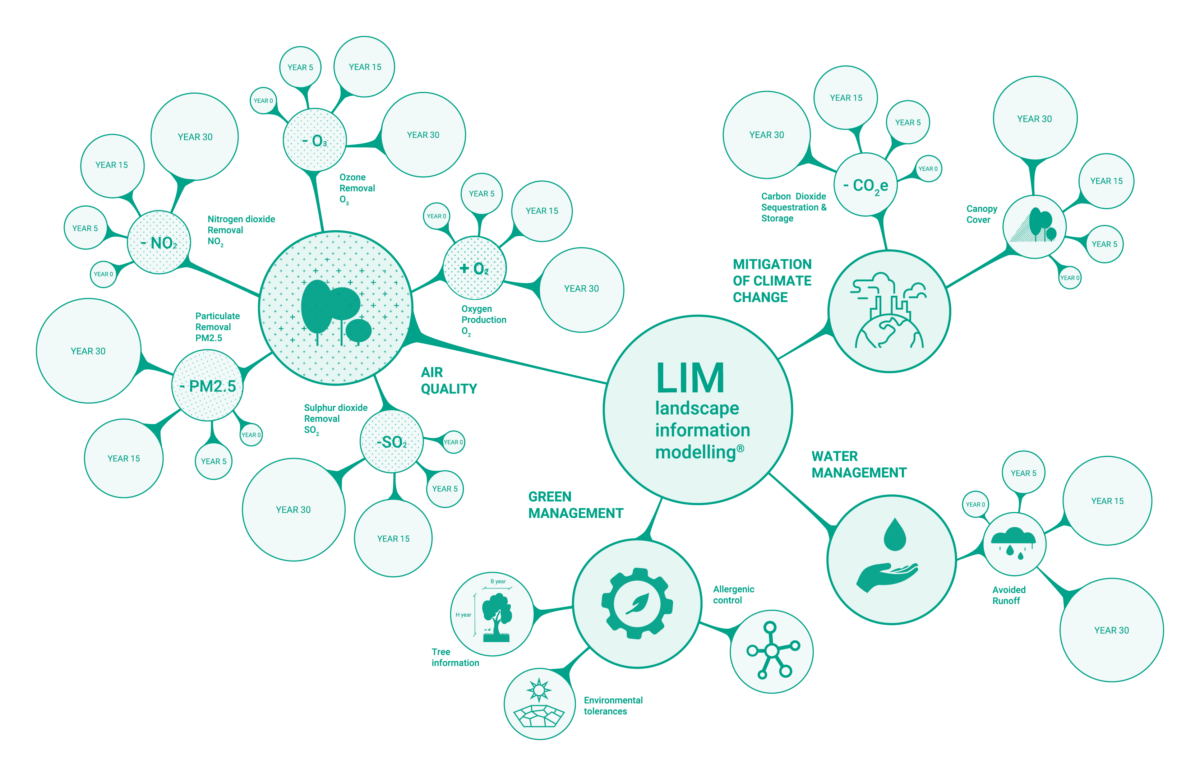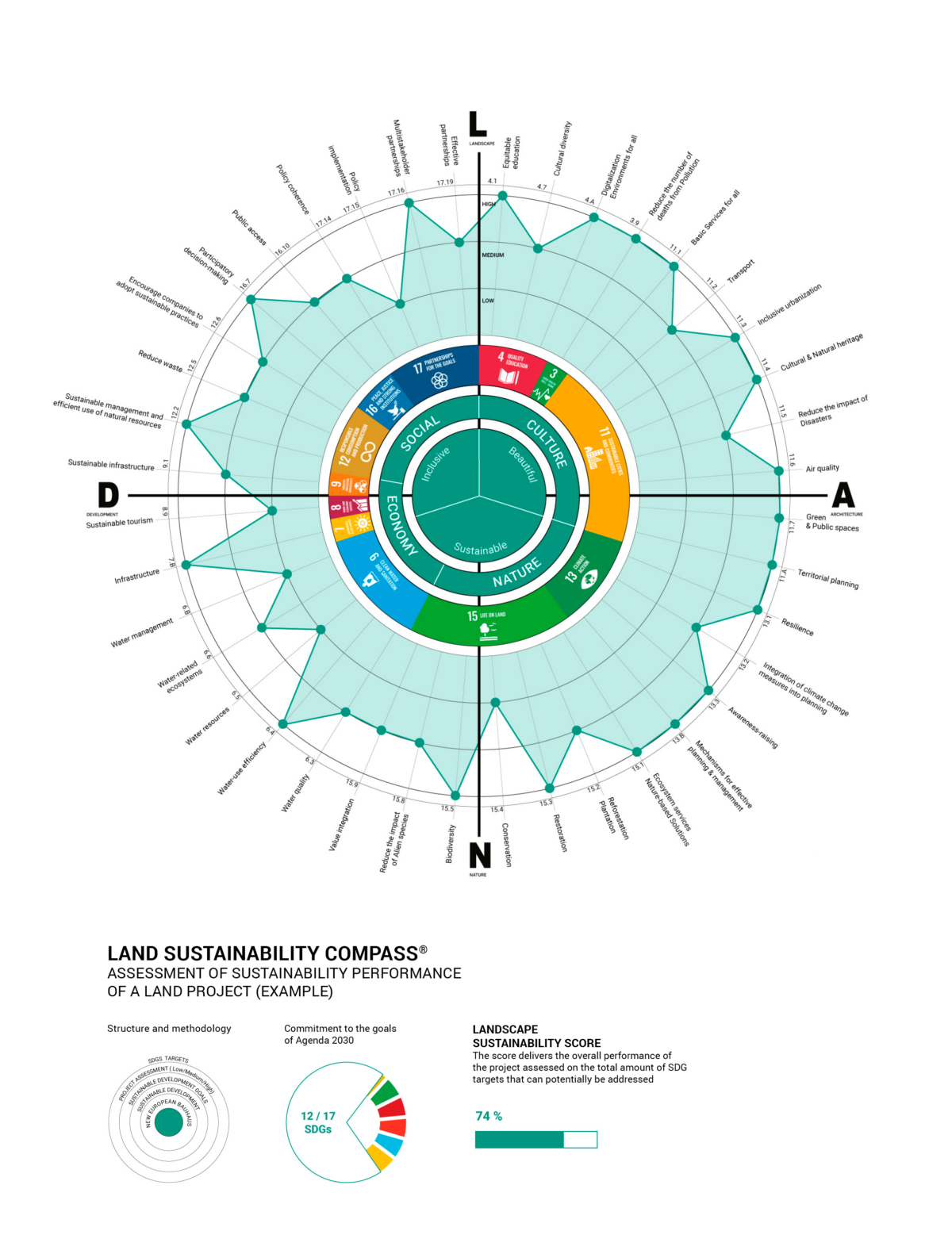Ecosystem Assessment
The real legacy of our society must be the ability to apply digital technologies and scientific knowledge to ecosystem design and management, to ensure a more sustainable future for our planet. Assessing natural capital is our mission, in order to create environmental awareness and promote data-driven strategies.

Insect observations Credits: LAND, Polifactory
The conservation of biodiversity is jeopardized by human activities and their indirect effects on climate change. Biodiversity is a crucial factor in allowing ecosystems to thrive and provide their services within a resilient pattern. LAND’s projects take intoconsideration impacts on fauna and flora, developing proprietary methodologies based on reliable open data to improve biodiversity mapping, thus delivering targetedsolutions to support key species such as pollinators.
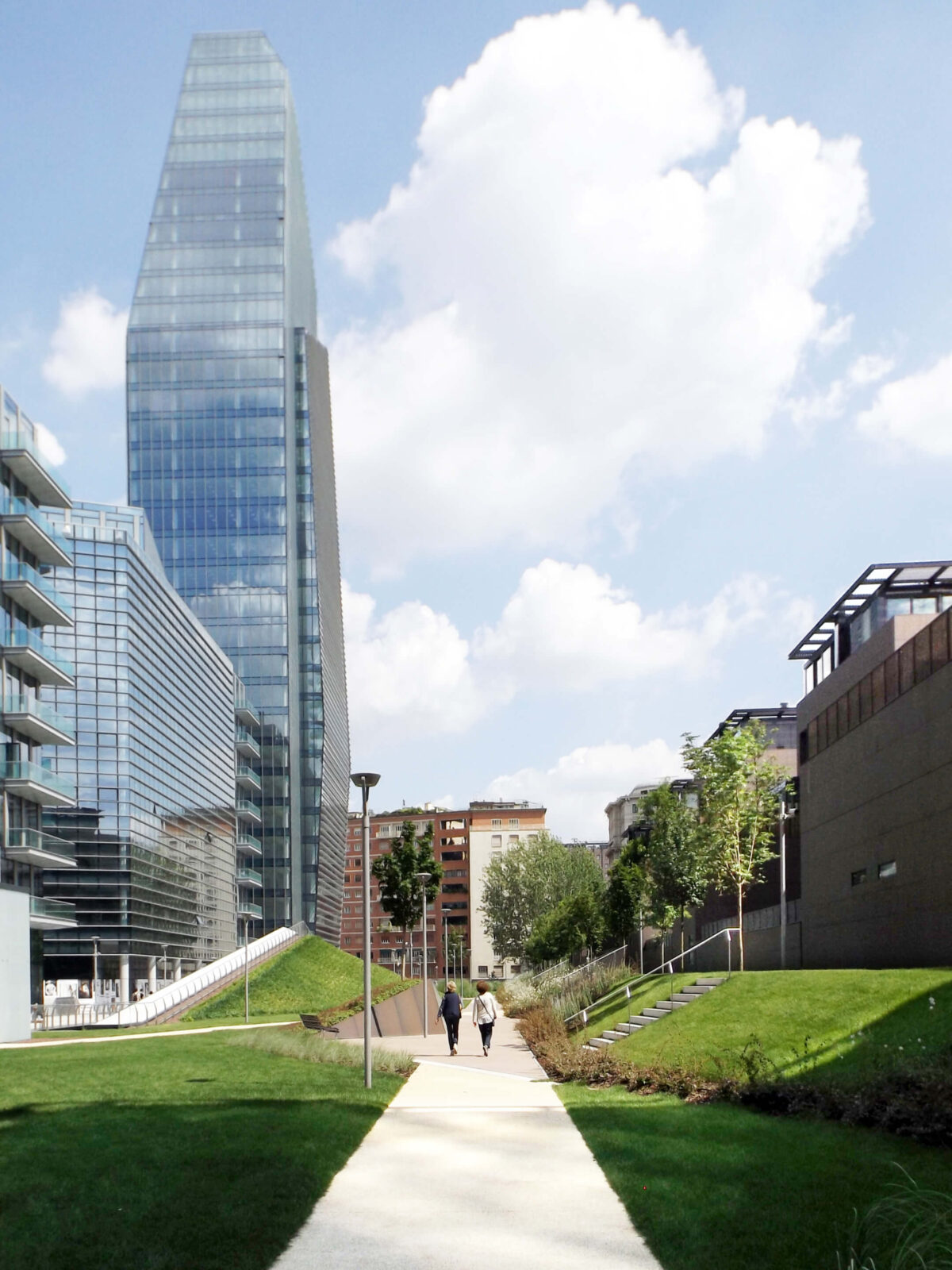
Flowing: city and nature, ph © Nicola Colella
Over recent years, open data and digital technologies have been innovating landscape architecture and ecological planning. Artificial intelligence is proving to be a valuable ally to support decision-making, facilitate communication, and measure sustainability figures. LAND has developed proprietary methodologies to provide consulting in accordance with international standards of natural capital accounting; in our projects, we can predict the environmental performance of vegetation using LIM landscape information modelling ®, assess the ecological value of the ex ante and ex post status of open spaces, and measure the extension and conditions of green areas.
Sustainability Consulting
We guide both private and public clients through the dynamics of environmental, social, and economic factors, with a focus on enhancing the well-being of both urban and rural spaces, to benefit people and the planet.
Strategic Planning
We collaborate with municipalities, public administrations, and companies with the goal of creating lively and sustainable cities. From spatial strategies to environment- and landscape-oriented masterplans to urban planning practice, we support clients in developing their visions of a sustainable future.
Landscape Design & Construction
We design attractive and inclusive places through collaboration and innovation, strengthening the connection between people and nature to strive for sustainable development. We are not just creators; we are stewards of nature, committed to nurturing and conserving our environment for generations to come.
Applied Research
Together with municipalities, businesses, and academic partners we drive applied research initiatives and offer science-based consulting and capacity building at the intersection of sustainability and digitalization.
